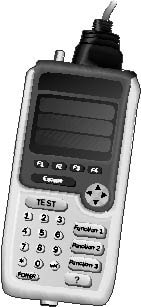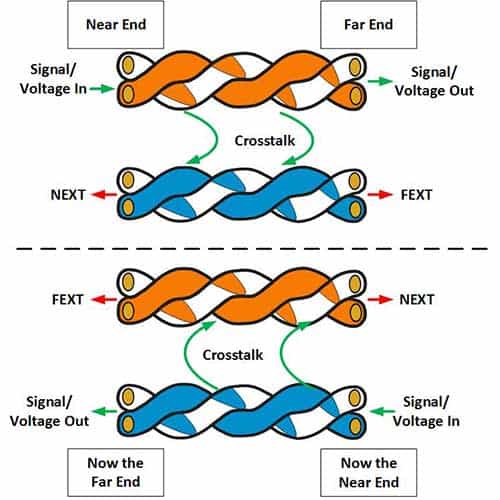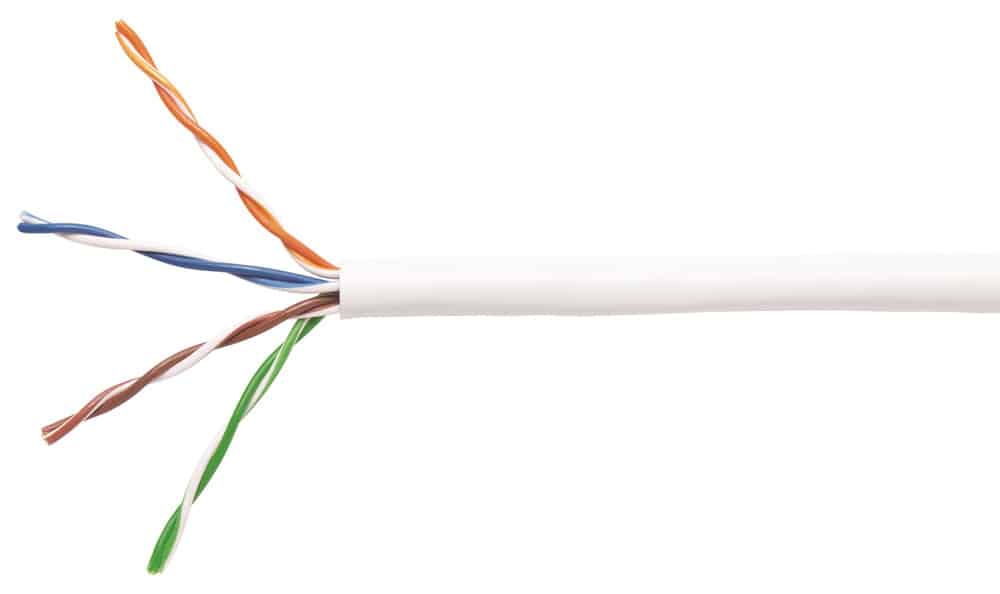Category: Letter C
-

Channel Definition Format (CDF): The Web in Your Pocket
The Channel Definition Format (CDF) is an outdated technology. It was primarily used in the late 1990s and early 2000s as part of Microsoft’s Internet Explorer 4.0 to enable web content to be viewed in a push-like fashion, similar to a news feed.
-

Caching-Only Name Servers: Enhancing DNS Efficiency
Caching-only Name Server is a name server in the Domain Name System (DNS) that can resolve name lookup requests but does not maintain its own local DNS database or zone file of resource records.
-

Customer Premises
Customer Premises is a general term referring to your local company’s networking environment.
-

Cable Tester
A Cable Tester is a device for measuring the integrity and transmission characteristics of cabling.
-

Crosstalk
Crosstalk is a form of interference in which signals in one cable induce electromagnetic interference (EMI) in an adjacent cable.
-

Cyclic Redundancy Check (CRC): Ensuring Data Integrity Through Mathematical Precision
Cyclic Redundancy Check (CRC) is a mathematical algorithm used to detect errors in digital data during transmission or storage. Originating from the pioneering work of W. Wesley Peterson in 1961, CRC has become a cornerstone in ensuring data integrity across various digital communication systems.
-

Channel Service Unit (CSU) Unraveled
Channel Service Unit or CSU is a digital communication device that is used to connect a digital line to a digital device.
-
Config.sys
Config.sys is a text file used by MS-DOS and 16-bit versions of Microsoft Windows that is used to configure computer hardware at startup.
-

Copper Cabling
n the vast universe of networking, the arteries that keep the data flowing are often made of a familiar, yet crucial material: copper cabling. But what makes copper cabling the backbone of so many networks?
-

Coaxial Cable: Structure, Types, and Applications
Coaxial Cabling is a form of network cabling used primarily in older Ethernet networks and in electrically noisy industrial environments.
-

Cat 4 Cable: Tracing the Legacy of a Networking Milestone
Cat 4 or Category 4 Cabling is the fourth-lowest grade of unshielded twisted-pair (UTP) cabling. Category 4 cabling was designed to support digital voice and data communication at speeds up to 16 Mbps.
-

Cat 3 Cable: Exploring its Legacy
Category 3 Cabling is the third-lowest grade of unshielded twisted-pair (UTP) cabling. Category 3 cabling was designed to support digital voice and data communication at speeds up to 10 Mbps.